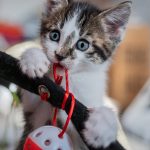Table of Contents
Have you ever looked into those big, pleading eyes of your cat and thought, “Just this once won’t hurt”? As a cat mom, it’s incredibly hard to resist when your furry companion begs for a taste of what you’re eating, mainly when they serve you their best “please” look.
However, it’s crucial to understand that some foods can be downright dangerous for our feline friends. Here are the five foods you should avoid giving to your cat, no matter how persuasive their adorable expressions may be!
1. Chocolate: The Sweet Poison
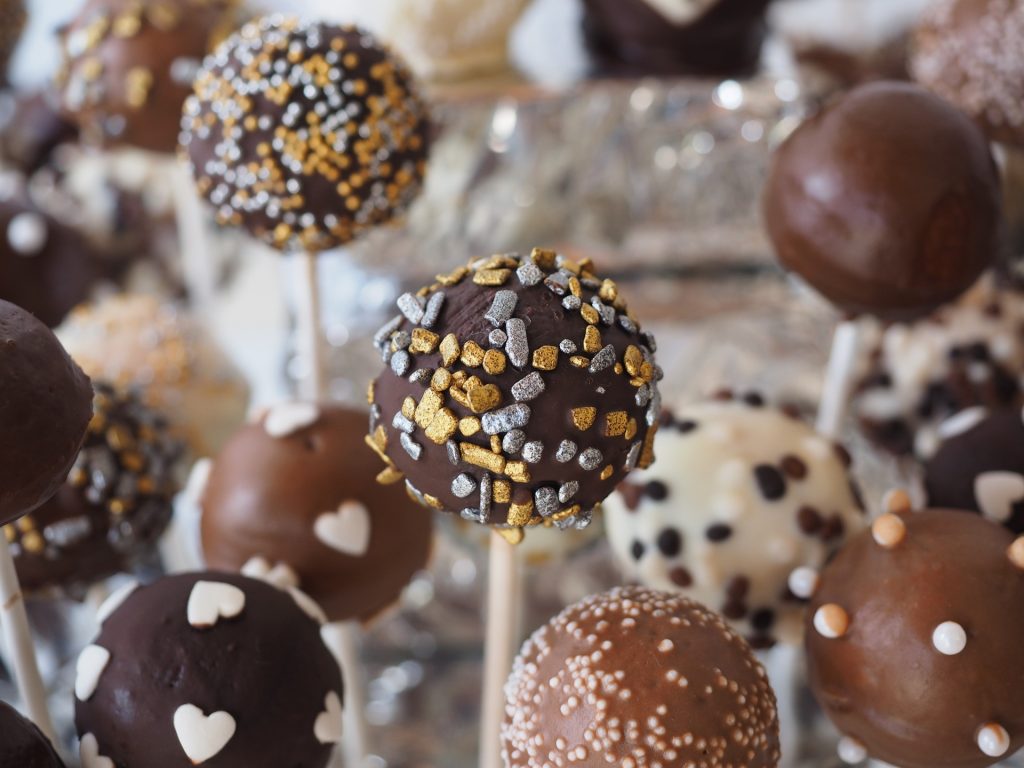
While many people know that chocolate is toxic to dogs, few realize that it poses just as serious a risk to our feline companions.
The reason chocolate is so harmful is that it contains two ingredients—caffeine and theobromine—that can be poisonous to cats and lead to serious health complications if ingested.
The Hidden Dangers of Chocolate: Why Even a Small Bite Can Be Fatal for Your Cat
Even a tiny amount of chocolate can result in rapid heart rate, restlessness, and severe tremors. In extreme cases, it can escalate to seizures or even lead to death, which is an outcome no pet owner wants to contemplate.
Although cats aren’t typically as attracted to chocolate as dogs might be, that doesn’t mean they won’t sneak a piece if the opportunity arises.
Secure Your Sweets: Protecting Your Cat from Chocolate Dangers
To keep your beloved pet safe, make sure to store your chocolate stash well out of their reach, especially during holidays or celebrations when treats might be more accessible.
If your cat does happen to sneak a piece during a late-night snack session, you’ll be glad you took the precaution to secure it! In short, it’s simply not worth the risk of a costly vet visit or the possibility of losing your beloved companion.
2. Onions and Garlic: A Hidden Danger
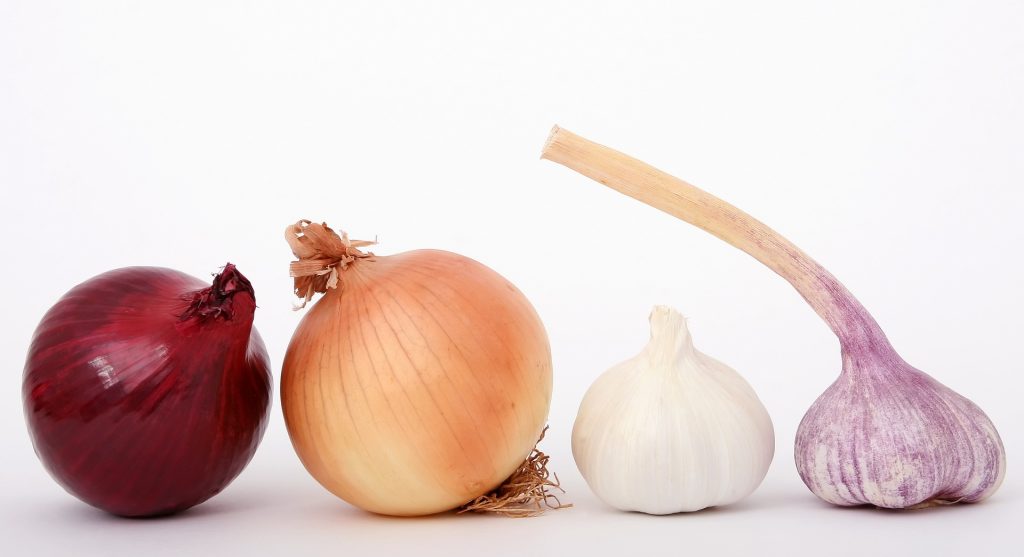
While onions and garlic are regular kitchen staples found in many households, they harbor a hidden danger for cats that is often overlooked.
Both of these flavorful ingredients contain compounds that can cause oxidative damage to a cat’s red blood cells, ultimately leading to a condition known as hemolytic anemia.
Delayed Symptoms: The Hidden Danger of Onions and Garlic
The alarming part is that symptoms may take a few days to appear, which can make it tricky to connect the dots.
You might notice your feline friend becoming lethargic, appearing weak, or even losing their appetite days after they’ve consumed a dish containing these ingredients.
Protect Your Feline Friend: Double-Check Before You Share!
Just imagine whipping up a delicious meal for yourself only to discover later that your furry friend has been adversely affected by the very ingredients you thought were harmless.
To avoid any sad kitty moments that could lead to a trip to the vet, always double-check your ingredients before sharing your meals with your cat. It’s a simple step that can save your furry friend from a world of hurt, ensuring they stay healthy and happy.
3. Dairy: The Myth of the Milk-Mustached Cat
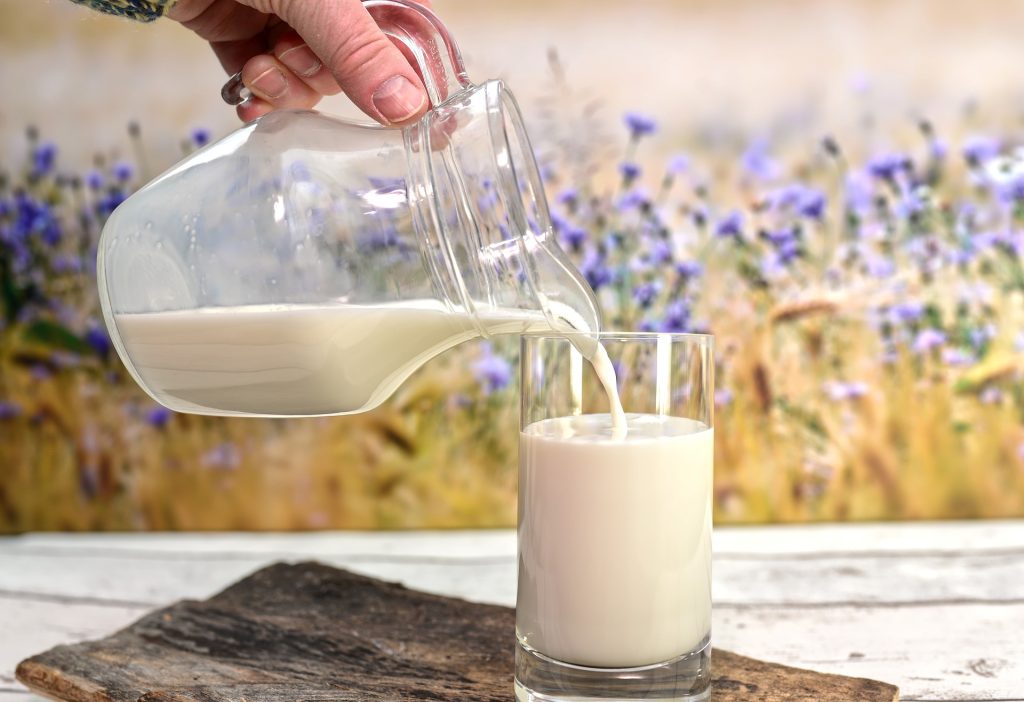
We’ve all been captivated by the iconic images of cats lapping up bowls of milk, but the truth surrounding dairy for felines is a bit more complicated than those charming depictions suggest.
While some cats may enjoy dairy products, many are lactose intolerant, meaning their bodies can’t properly digest lactose, the sugar found in milk and other dairy items.
Dairy Disaster: Why Milk Isn’t a Treat for Your Cat
As a result, indulging your kitty with a creamy treat could lead to uncomfortable symptoms such as diarrhea, stomach cramps, and gas that would leave them feeling miserable.
So, even if your cat is pleading with you for a taste of your ice cream or cheese, it’s much wiser to opt for safer alternatives like freshwater or specially formulated cat treats that are designed to be easy on their sensitive stomachs.
Choose Health Over Indulgence: Your Cat Will Thank You!
If you’re feeling guilty about not sharing your creamy dessert with your furry friend, remember that your cat’s health is far more crucial than a fleeting moment of indulgence.
Your kitty will undoubtedly appreciate your efforts to keep their tummy happy and healthy, and you’ll avoid the unfortunate consequences of a dairy disaster that could lead to an upset stomach or worse.
4. Grapes and Raisins: Tiny but Mighty
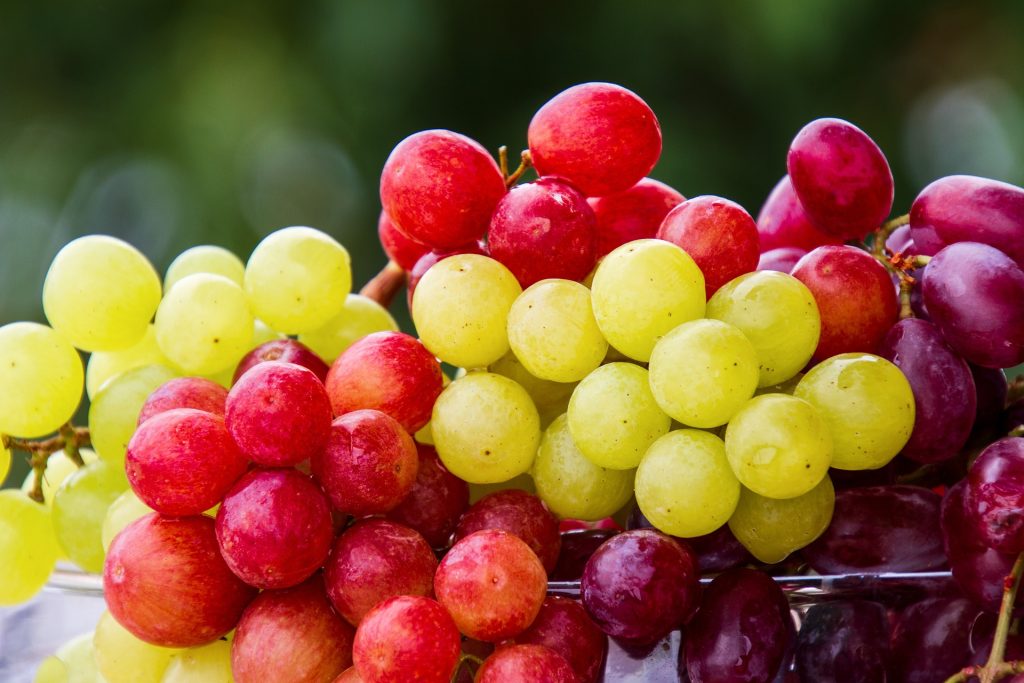
Grapes and raisins might seem like harmless snacks that many people enjoy, but they can pose a heavy risk to cats that pet owners are unaware of.
Even small amounts of these tiny fruits can lead to acute kidney failure, making them one of the most dangerous foods for our feline companions.
The Hidden Dangers of Grapes and Raisins: A Small Snack with Serious Consequences
It’s puzzling why such a small fruit can cause such significant health problems, but the toxic reaction can be quite severe.
Symptoms can manifest as vomiting, lethargy, and a noticeable decrease in appetite, and if you see any of these signs after your cat has gotten into the grapes, it’s essential to make an immediate trip to the veterinarian for evaluation.
Keep Grapes and Raisins Out of Reach: A Simple Safety Tip for Your Cat
It’s best to keep grapes and raisins far out of your pet’s reach, perhaps stored high in a cupboard or in a place where your curious cat cannot access them to avoid any potential issues with these seemingly innocuous snacks.
If you happen to notice your cat eyeing those grapes sitting in your fruit bowl, try to divert their attention with a toy or a safe treat that they can enjoy instead. Your quick thinking and preventive measures can help ensure that your furry friend remains safe and healthy.
5. Raw Eggs, Fish, and Meat: Not Worth the Risk
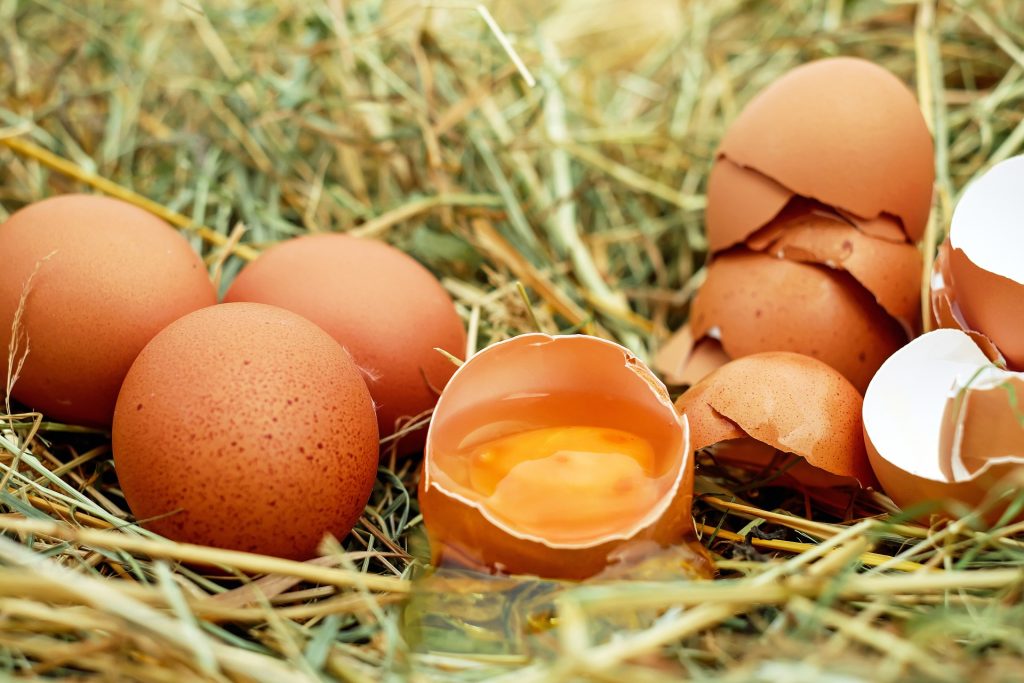
Feeding your cat raw food may seem like a natural way to connect them with their wild instincts, but it can be risky for their health.
Raw eggs, for example, can carry harmful bacteria like Salmonella or E. coli, which can have serious consequences for your pet’s well-being if ingested.
The Dangers of Raw Diets: Why Cooked Food is the Safer Choice for Your Cat
Similarly, raw fish may harbor dangerous parasites that can lead to various health issues, and even raw meat can contain harmful bacteria that could negatively impact your cat’s digestive system.
Instead of serving up raw dishes that might seem appealing, opt for cooked food that is safe and nutritious for your pet.
Prioritizing Your Cat’s Health With Nutritious Meals
Most high-quality cat foods are formulated to contain the essential nutrients that your feline friend needs without the risks associated with harmful bacteria.
By ensuring that you cook their meals thoroughly, you’re keeping them safe and providing a delicious and satisfying diet that meets their needs. Your furry companion will appreciate your efforts in ensuring their meals are safe and enjoyable.
Fostering Healthy Choices
Being a pet owner comes with responsibilities, particularly in providing proper nutrition for your furry friend. While those big, sad eyes may tug at your heartstrings and make you feel guilty about denying them certain foods, it’s crucial to remember that some human foods are unsafe for cats.
By steering clear of these five food no-nos, you’re protecting your feline friend from potential health hazards and gaining peace of mind as you go about your daily routine, knowing you are making the best choices for your beloved pet.

Hi, I’m Zoey, a devoted mom to two charming Siamese cats. My passion lies in assisting fellow pet owners in providing optimal care for their cats. On CatsEuphoria, I share practical tips and relatable stories, inviting you to join me in appreciating the authentic bond between humans and our beloved feline companions.

